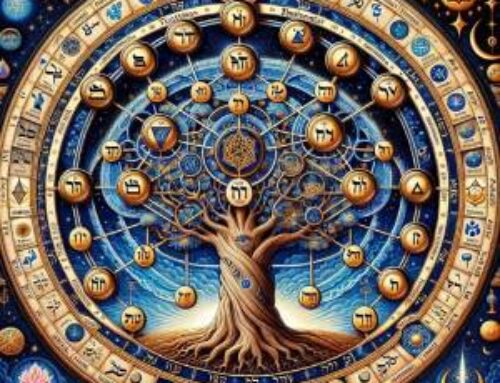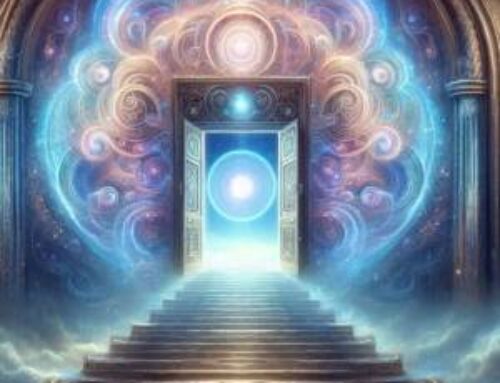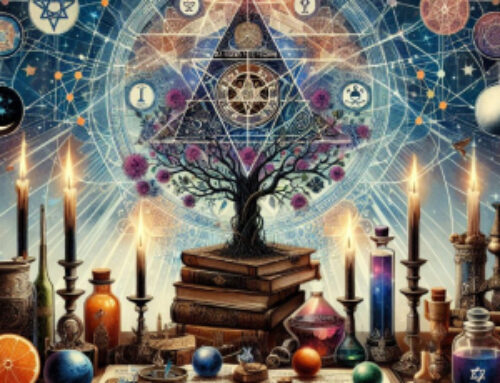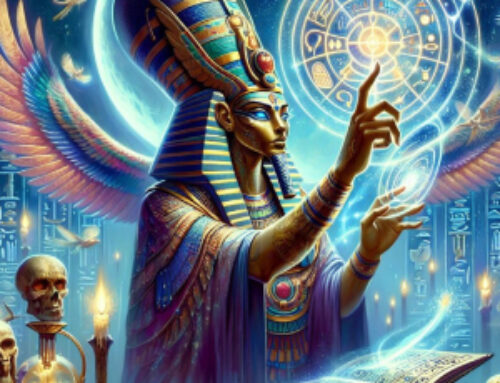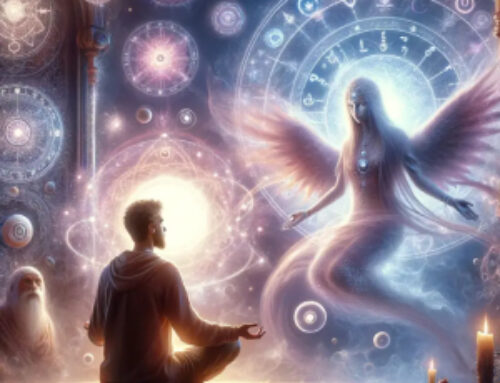Contents
- 1 The Luminaries of Rosicrucianism: A Journey Through Time and Wisdom”
- 2 Introduction to Famous Rosicrucians
- 3 The Philosophers and Scientists: Unveiling Hidden Realms
- 4 The Alchemists and Mystics: Transmutation of the Soul
- 5 The Literary and Artistic Influences: Esoteric Imagination
- 6 Modern Rosicrucian Figures: Adapting Ancient Wisdom
- 7 The Symbolists and Visionaries: The Mystical in Art
- 8 The Theatrical and Literary Influence
- 9 The Visual and Symbolic Artistry
- 10 The Esoteric Scholars and Philosophers
- 11 The Cultural Innovators
- 12 The Musical Harmonists
- 13 Conclusion: The Eternal Flame of Rosicrucian Wisdom
- 14 FAQ-Famous Rosicrucians
- 15 References:
The Luminaries of Rosicrucianism: A Journey Through Time and Wisdom”
Introduction to Famous Rosicrucians
The annals of history are rich with individuals whose quests for knowledge and understanding transcended the mundane, venturing into realms of mystical and esoteric wisdom. Among these seekers, a special place is reserved for the Rosicrucians, a secretive order whose influence has permeated various facets of science, philosophy, and the arts. This article illuminates the lives and legacies of some of the most famous Rosicrucians, figures who have not only contributed significantly to the order’s rich tapestry of teachings but have also left an indelible mark on the world’s intellectual and spiritual landscape.
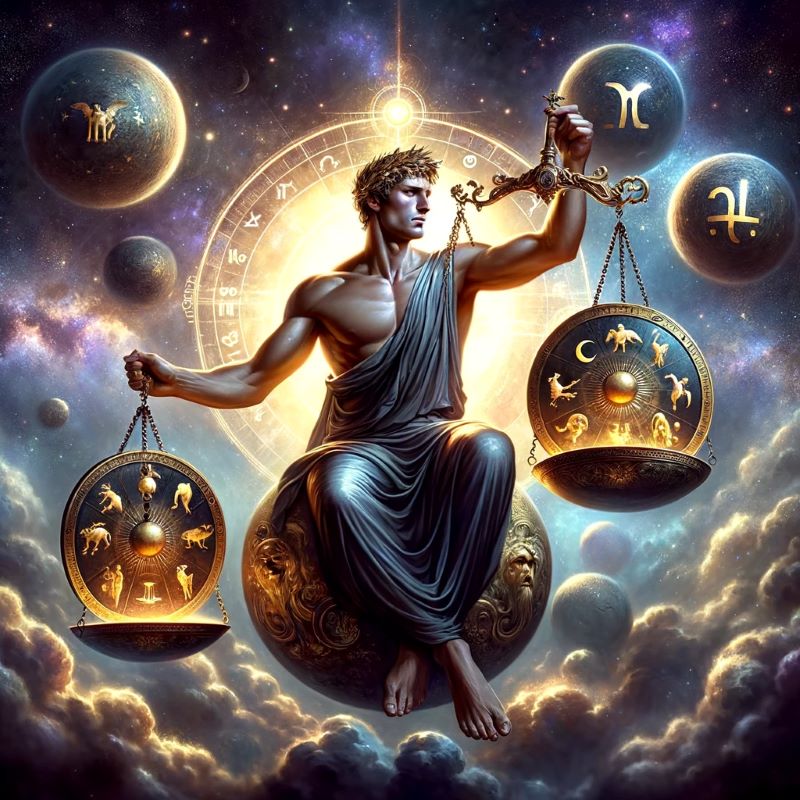
From Francis Bacon, whose visions of a utopian society echoed Rosicrucian ideals of enlightenment and progress, to Sir Isaac Newton, whose alchemical experiments sought the philosopher’s stone amid his groundbreaking scientific discoveries, these individuals shared a common thread of seeking higher truth. Michael Maier, Robert Fludd, and Elias Ashmole expanded upon these pursuits, delving deeper into alchemy, astrology, and the mystical traditions that underpin Rosicrucian thought.
The legacy of these famous Rosicrucians extends beyond their temporal achievements, touching upon the eternal quest for knowledge and the understanding of the cosmos. As we explore their contributions, we also unveil the enduring appeal of Rosicrucianism—a path that continues to attract those who seek to uncover the deeper, invisible truths of existence and to achieve spiritual growth and evolution through the ancient wisdom it espouses.
The Philosophers and Scientists: Unveiling Hidden Realms
Integrating Mysticism with the Birth of Modern Science
Eminent Rosicrucians such as Francis Bacon have been integral to the progression of understanding and the delving into arcane knowledge. Bacon’s championing of the empirical method laid the groundwork for the scientific approach, yet his depiction of an ideal society in “The New Atlantis” deeply echoed the Rosicrucian virtues of enlightenment, sagacity, and ethical advancement. His oeuvre exemplifies the Rosicrucian endeavor to grasp not solely the tangible realm but also the spiritual tenets that underlie it. In a similar vein, Sir Isaac Newton, who transformed the fields of physics and mathematics, dedicated a significant portion of his existence to the studies of alchemy and biblical prophecy. Newton’s scholarly activities mirror the Rosicrucian principle of the synthesis of material and spiritual wisdom, showcasing a deep-seated dedication to unveiling the celestial schema of the cosmos.
The Veiled Legacy of Rosicrucianism
While the contributions of some famous Rosicrucians are well-documented, it is essential to recognize that the most influential members of this enigmatic society often remain out of the public eye. The Rosicrucian Order, known for its discretion and the sacredness of its teachings, typically does not disclose the identities of its initiates, who include a spectrum of individuals from royal figures like King Friedrich Wilhelm II and his circle of aristocrats to other lesser-known yet pivotal members. This veil of secrecy extends to the modern era, encompassing people from all walks of life who seek the profound spiritual wisdom offered by the Order.
Amongst the notable, yet not as widely recognized, initiates were individuals like Paul Foster Case, an adept in the Western mystery tradition, Michael Whitty, whose contributions to Rosicrucian literature enriched the Order’s teachings, and Robert Felkin, who extended the reach of Rosicrucian thought through his medical and missionary work. These figures, although they may not grace the pages of mainstream history, have been instrumental in perpetuating the legacy of Rosicrucian wisdom through the ages.
The Alchemists and Mystics: Transmutation of the Soul
Deepening the Alchemical Quest for Enlightenment
The works of famous Rosicrucians have profoundly shaped the philosophical and scientific discourse, intertwining the material with the mystical. Michael Maier and Robert Fludd are exemplars of how Rosicrucianism embraced alchemy not merely for material transformation but as a vital spiritual practice. Maier’s “Atalanta Fugiens” goes beyond alchemical symbolism to explore themes of transformation, enlightenment, and the harmonization of opposites, mirroring the Rosicrucian path of spiritual evolution.
Robert Fludd’s extensive oeuvre, covering everything from the Kabbalah to the structure of the cosmos, portrays a world imbued with mystical significance, where every aspect of reality holds deeper spiritual meanings. These figures exemplify the alchemist as a seeker of wisdom, using symbols and substances to unlock the secrets of the soul and the universe.
The Literary and Artistic Influences: Esoteric Imagination
Crafting Narratives and Visions of the Invisible
Through the teachings and practices of famous Rosicrucians, the doors to spiritual growth and enlightenment remain open to seekers of truth. The literary contributions of William Butler Yeats and Arthur Machen, along with the visual explorations of the Symbolists, represent a creative wellspring influenced by Rosicrucian thought. Yeats’s poetry and plays, deeply interwoven with mystical and occult themes, seek to reveal the hidden spiritual dimensions that lie beneath surface reality. Arthur Machen’s works delve into the arcane and the supernatural, reflecting a world alive with unseen forces and mystical experiences.
The Symbolist artists, including Jean Delville and Carlos Schwabe, utilized their canvases to express the ineffable, drawing on Rosicrucian and mystical themes to depict the spiritual quest and the pursuit of transcendence through symbolic imagery. These creators used their respective mediums to explore and express the complex interplay between the visible and the invisible, embodying the Rosicrucian principle that art can serve as a bridge to higher understanding.
Modern Rosicrucian Figures: Adapting Ancient Wisdom
Pioneers of the Esoteric Renaissance
Through the teachings and practices of famous Rosicrucians, the doors to spiritual growth and enlightenment remain open to seekers of truth. The contributions of modern figures like Robert Ambelain and Gérard Encausse (Papus) signify a renaissance of Rosicrucian thought, adapting ancient teachings to the contours of the contemporary spiritual landscape. Ambelain’s scholarly works and his efforts to revive esoteric Freemasonry intertwine with Rosicrucian principles, aiming to resurrect the profound spiritual wisdom of the past for modern seekers.
Papus’s prolific writings and organizational skills played a pivotal role in the late 19th and early 20th-century occult revival, blending Rosicrucian insights with a broader tapestry of Western esoteric traditions. Their endeavors highlight the timeless relevance of Rosicrucian wisdom, demonstrating its capacity to inspire and enrich the spiritual journeys of individuals across ages.
The Symbolists and Visionaries: The Mystical in Art
Symbolism as a Spiritual Language
The Symbolist movement, with artists like Fernand Khnopff and Jean Delville, represents a pinnacle of artistic endeavor where Rosicrucian and mystical themes were vividly explored. These artists, through their haunting and evocative works, sought to transcend the limitations of the material world, inviting viewers into realms of spiritual longing and mystical revelation. Their art becomes a visual meditation on the mysteries of existence, embodying Rosicrucian principles of seeking deeper, hidden truths and expressing the inherent unity and spiritual nature of all life. Through their pioneering efforts, the Symbolists opened new avenues for artistic expression, where the quest for the divine and the exploration of the soul’s journey could be vividly imagined and realized.
Each of these chapters delves deeper into the influence and contributions of individuals and movements that have been touched by Rosicrucian philosophy, underscoring the rich interplay between this ancient wisdom tradition and the development of Western culture, science, and art.
The Theatrical and Literary Influence
The Mystic of the Stage
Through the teachings and practices of famous Rosicrucians, the doors to spiritual growth and enlightenment remain open to seekers of truth. Florence Farr was a central figure in the early 20th-century esoteric circles, notably as a celebrated actress, director, and a leading member of the Hermetic Order of the Golden Dawn. Her work in integrating esoteric principles with theatrical performances sought to elevate the consciousness of both performers and audiences, embodying Rosicrucian ideals of enlightenment through art.
The Revolutionary Muse
Maud Gonne, famed for her political activism and her pivotal role in the Irish Nationalist movement, was also deeply involved in the esoteric and mystical practices of her time. Her passionate engagement with spiritualism and her association with the Hermetic Order of the Golden Dawn reflect the Rosicrucian commitment to societal transformation through spiritual awakening.
The Weaver of Mystical Tales
A prolific writer, Algernon Blackwood brought the unknown and the mystical to life through his stories, exploring themes that resonate deeply with Rosicrucian philosophy. His narratives often delve into the exploration of the supernatural and the spiritual, seeking to uncover the deeper truths of existence.
The Visual and Symbolic Artistry
The Buddhist Alchemist
Charles Henry Allan Bennett, an influential figure in the early years of the 20th century’s esoteric revival, Bennett’s journey from practicing alchemist to Buddhist monk encapsulates the Rosicrucian ethos of seeking wisdom across spiritual traditions. His life’s work bridges Eastern and Western mysticism, reflecting a universal quest for enlightenment.
The Patron of Esoteric Arts
Through the teachings and practices of famous Rosicrucians, the doors to spiritual growth and enlightenment remain open to seekers of truth. Annie Horniman, a key supporter of the Hermetic Order of the Golden Dawn and a significant figure in the British theatre scene, Horniman’s contributions to the arts were imbued with her interest in esoteric and Rosicrucian principles. Her patronage enabled the flourishing of mystical and symbolist themes in early 20th-century British theatre.
The Esoteric Scholars and Philosophers
The Mystic Historian
Arthur Edward Waite, a luminary in the realm of the occult and the mind behind the iconic Rider-Waite Tarot deck, has left an indelible mark through his detailed examinations of the Rosicrucians, the Kabbalah, and Freemasonry. Waite’s prolific contributions offer a treasure trove of insights into Western esoteric traditions. His scholarly endeavors serve as a conduit between the mystical and the scholarly, encapsulating the Rosicrucian ethos of pursuing knowledge as a means to spiritual unfoldment.
The Ceremonial Magician
Samuel Liddell MacGregor Mathers, a pivotal figure in the resurgence of Rosicrucianism and Western esoteric traditions as a co-founder of the Hermetic Order of the Golden Dawn, has significantly influenced contemporary views on Rosicrucian philosophy. Through his translations, literary works, and the creation of ceremonial magic rituals, Mathers has bequeathed a profound legacy on the modern understanding of Rosicrucian thought.
The Keeper of Mystical Knowledge
William Wynn Westcott:, another co-founder of the Hermetic Order of the Golden Dawn, contributed significantly to the resurgence of interest in Rosicrucianism through his scholarly work and leadership within the order. His efforts to reconstruct and preserve esoteric teachings have ensured their continued influence.
The Cultural Innovators
The Rosicrucian Poet
Stanislas de Guaita, a French poet and esoteric scholar, de Guaita’s writings and his foundation of the Cabalistic Order of the Rosy Cross played a pivotal role in the French occult revival. His work embodies the Rosicrucian blend of artistry and mystical inquiry.
The Kabbalistic Magician
Eliphas Levi, renowned for his influence on Western occultism, Levi’s writings on the Tarot, the Kabbalah, and ceremonial magic intertwine with Rosicrucian principles, particularly in his emphasis on the transformative power of esoteric knowledge.
The Aesthetic Sacerdote
Famous Rosicrucians have historically been at the forefront of cultural innovation, using their esoteric knowledge to drive forward the arts and sciences. Joséphin Péladan, a French novelist and Rosicrucian, dedicated his life to integrating spirituality with art, founding the Salon de la Rose + Croix. His work represents the Rosicrucian ideal of beauty as a conduit for spiritual awakening.
The Musical Harmonists
The Impressionist Composer
Famous Rosicrucians have historically been at the forefront of cultural innovation, using their esoteric knowledge to drive forward the arts and sciences. Claude Debussy ‘s music, known for its sensory richness and depth, carries an undercurrent of Rosicrucian and mystical themes. His compositions reflect a desire to explore beyond the material world, invoking the ethereal and the transcendent.
The Eccentric Genius
Famous Rosicrucians have historically been at the forefront of cultural innovation, using their esoteric knowledge to drive forward the arts and sciences. Erik Satie’s innovative compositions and eccentric lifestyle were marked by a fascination with the mystical and the occult. His music, often intertwined with Rosicrucian and esoteric symbolism, sought to transcend conventional boundaries and express the ineffable.
Conclusion: The Eternal Flame of Rosicrucian Wisdom
The enduring heritage of Rosicrucianism, especially as seen through the initiation rites and the enduring impact of its most celebrated figures, shines as a guiding light through history, beckoning those yearning for profound understanding and spiritual verity. From Francis Bacon’s pioneering foresight and Sir Isaac Newton’s revolutionary revelations to Algernon Blackwood’s mystical explorations, each individual enriches the complex comprehension of Rosicrucian doctrines. Their varied contributions highlight the Rosicrucian dedication to delving into the unseen dimensions of being, aspiring for harmony with the universe, and nurturing an enlightened community.
This journey into the essence of Rosicrucianism uncovers not just its historical significance but also its persistent resonance in today’s quest for spiritual depth. It stands as a testament to the unending allure of its teachings, which captivate truth-seekers worldwide. The Rosicrucian path, woven with threads of alchemy, mysticism, and hidden knowledge, continues to be a wellspring of motivation for those intrigued by life’s enigmas, advocating a voyage of enlightenment that surpasses the confines of temporal and spatial limits..
Embark on Your Esoteric Journey
Are you captivated by the deep wisdom and mystical revelations of the Rosicrucians? The Hermetic Academy welcomes you to immerse yourself in an ancient realm of knowledge and spiritual discovery. Embark with us on an odyssey through epochs and enlightenment, guided by the legacies of illustrious Rosicrucians towards personal metamorphosis and illumination. Unveil the cosmic secrets, decipher the enigmas of your being, and forge connections with fellow pilgrims on this path. Initiate your esoteric voyage today and awaken to the profound realities of existence. Enroll now and embark on the initial stride of your spiritual ascension..
FAQ-Famous Rosicrucians
1. What is Rosicrucianism?
A: Rosicrucianism represents a spiritual and cultural odyssey aimed at uncovering the universe’s deeper verities through the lens of esoteric knowledge, alchemy, and mystical traditions.
2. How did famous Rosicrucians contribute to the movement?
A: Famous Rosicrucians like Francis Bacon and Sir Isaac Newton contributed through groundbreaking scientific discoveries, philosophical writings, and mystical explorations that aligned with Rosicrucian ideals.
3. Can Rosicrucian principles be applied in modern times?
A: Yes, Rosicrucian principles of spiritual growth, exploration of the cosmos, and the pursuit of enlightenment are timeless and continue to inspire individuals in the contemporary spiritual landscape.
4. How can one begin exploring Rosicrucian teachings?
A: Begin your exploration of Rosicrucian teachings by enrolling in the Hermetic Academy, your portal to authentic initiation and timeless wisdom.
References:
(1) Rubenstein, E. (2023). Magic: The Legacy of the Rosicrucians. Hermetic World, Paphos.
(2) Mathers, S. L. M. (1887). The Kabbalah Unveiled. London: George Redway.
(3) Eliphas, L. (1854). Dogme et Rituel de la Haute Magie. Paris.

